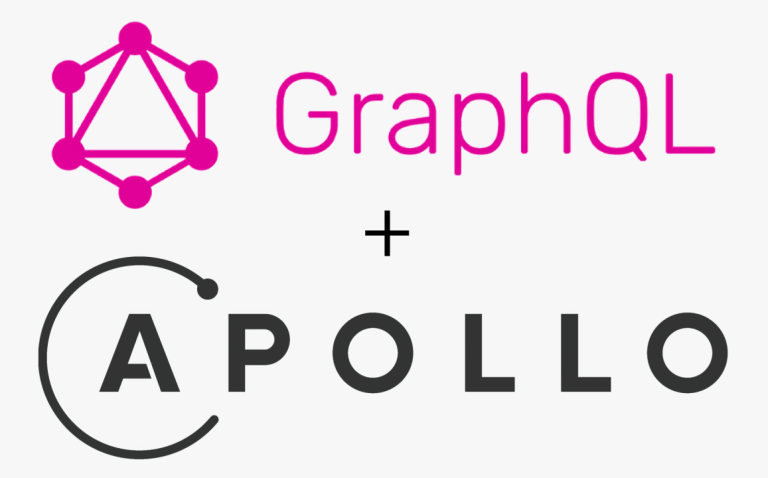A Guide to Successful Content Monetization
content creators have endless opportunities to share their expertise, creativity, and knowledge with a global audience. However, with the rise of ad-blockers and increasing competition, simply creating great content is no longer enough. To sustainably pursue their passion and generate revenue, content creators must explore effective monetization strategies. In this guide, we will delve into key principles and strategies for successful content monetization.
Understand Your Target Audience
To effectively monetize your content, it is crucial to understand your target audience. Who are they? What are their interests, preferences, and needs? By gaining a deep understanding of your audience, you can create content that resonates with them and aligns with their values. This knowledge will lay the foundation for selecting appropriate monetization methods that cater to your audience’s preferences.
Diversify Your Monetization Channels
Relying on a single monetization channel can be risky. Instead, consider diversifying your revenue streams to mitigate potential risks and maximize your earnings. Some common monetization channels for content creators include:
a. Advertising: Display ads, sponsored content, and native advertising can provide a steady stream of income. Explore ad networks, such as Google AdSense or Media.net, to find suitable opportunities.
b. Subscriptions: Offer premium content or exclusive perks through subscription models. Platforms like Patreon or Substack provide tools to manage subscriptions and engage with your most dedicated fans.
c. Affiliate Marketing: Partner with brands and earn commissions by promoting their products or services through personalized affiliate links. Platforms like Amazon Associates or ShareASale can facilitate this process.
d. Digital Products: Create and sell digital products like e-books, online courses, or stock photography. Websites like Gumroad or Teachable can help you set up your digital storefront.
e. Sponsorships and Partnerships: Collaborate with brands and negotiate sponsorships or partnerships that align with your content and audience. Build relationships with companies that share your values.
f. Events and Workshops: Host live events, workshops, or webinars that provide value to your audience. These can be monetized through ticket sales or partnerships with sponsors.
Provide Genuine Value
Your content should always prioritize providing genuine value to your audience. Focus on creating high-quality, engaging, and informative content that stands out from the crowd. By consistently delivering value, you build trust and loyalty among your audience, making them more receptive to your monetization efforts. Remember, content monetization should be seen as a mutual exchange where your audience benefits from your offerings.
Optimize Your Website for Monetization
Ensure your website is optimized for monetization. Consider the following aspects:
a. User Experience: Create a clean, user-friendly website that is easy to navigate and visually appealing. Provide a seamless reading or viewing experience across different devices.
b. Ad Placement: Strategically place ads to maximize their visibility without disrupting the user experience. Experiment with different formats and locations to find the optimal balance between monetization and user satisfaction.
c. Call-to-Action (CTA): Include clear and compelling CTAs to encourage your audience to take desired actions, such as subscribing, purchasing, or sharing your content.
d. Analytics: Utilize website analytics tools to gain insights into your audience’s behavior, demographics, and preferences. This data can help you make informed decisions regarding monetization strategies and content creation.
Engage and Interact with Your Audience
Building a loyal community around your content is key to successful monetization. Engage with your audience through comments, social media, email newsletters, or forums. Respond to their feedback, address their concerns, and incorporate their suggestions into your content creation process. By fostering a sense of belonging and actively involving your audience, you increase the chances of their support through monetization channels like subscriptions or donations.
Stay Flexible and Adapt
The digital landscape is ever-evolving, and so should your monetization strategies. Stay abreast of industry trends, emerging platforms, and changes in consumer behavior. Experiment with new monetization channels and adapt your strategies accordingly. Be open to learning from your experiences, both successes, and failures, and adjust your approach to align with your audience’s evolving needs and preferences.
Conclusion
Monetizing your content is a journey that requires a deep understanding of your audience, diversification of revenue streams, and a commitment to providing value. By adopting a strategic approach, optimizing your website, engaging with your audience, and staying adaptable, you can create sustainable revenue streams that allow you to continue doing what you love while building a thriving content business. Platforms like myco.io can further enhance your monetization efforts, providing you with the tools and support you need to succeed.






